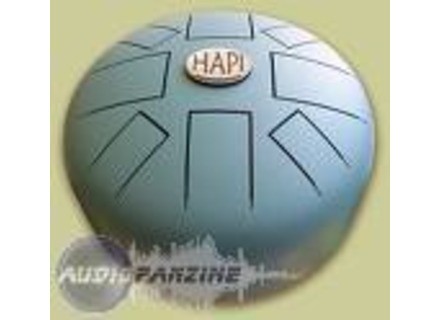Hello fellow gyroplane enthousiasts, The past few months I did make a flight manual for my KB-2 with a HAPI 1835 engine. If some of the members need a copy of it I could sent it by email. It's a very complete Flight manual. Could anyone tell me what the normal (safe) operating EGT temperatures. Complete Aviation Engines. Turbine, redial, and turbine jet engines are available for different equipment options. The process of using any of these products during a repair or maintenance project is easy because proper accessories for specific engine designs are available. HAPI Replacement Parts: Unfortunately these replacements - A HAPI flywheel, mag drive and alternator Are no longer available. Since HAPI went out of business in the late 1980's, we have replaced a total of 112 flywheels, alternators and mag drives. Apr 08, 2020 I have had two HAPI engines over the years. 550 hrs, 250 hours were the failure times. In 2006 I determined that engines designed for 28 hp did not last long at 50-60 hp. The R2300 was not available at the time.
HAPI engines are Volkswagen auto engines converted to full or 1/2 VW aircraft engines by Homebuilt Aircraft Products, Inc. (H.A.P.I.), initially of Calexico, California and later of Eloy, Arizona. Although the firm preferred the H.A.P.I. abbreviation, the Compiler has chosen to use HAPI, as many others have done. HAPI was founded in 1977 by Rex Taylor and his son Patrick while they were designing a light aircraft kit, the Hapicraft. The aircraft never materialized, but they became deeply involved in VW conversions in both kit and completely assembled form. Rex Taylor wrote an extensive series of articles in the EAA Sport Aviation magazine about VW conversions in general, and HAPI conversions in particular. The articles can be found in SA2/79 and in a ten-part series from SA12/79 through SA9/80. HAPI continued in business until 1989, when the engine assets were sold to Mosler Motors and Rex Taylor retired.
O-66 - - {3.701 / 3.071 / 66.1} / {94 / 78 / 1083}
Same bore and stroke as O-132.
Same bore as O-117. How to smoke crack with tin foil.
Same bore as O-117. How to smoke crack with tin foil.
Hapi Engine Manual Online
2cyl; HAPI Hornet; 25-35hp@3250rpm; 1983-1989; Wt = 74#.
Carbureted engine with single ignition.
BGP.
Applications: None found.
Carbureted engine with single ignition.
BGP.
Applications: None found.
O-97 - - {3.366 / 2.717 / 96.7} / {85.5 / 69 / 1585}
Same stroke as O-102, O-112, O-117.
4cyl; HAPI Model 50; 50hp@3200rpm; 1979-1989; Wt = 152#.
Carbureted engine with optional single or dual ignition; starter and alternator were standard equipment except on Model 50-E.
SA2/79.
Applications: None found.
Carbureted engine with optional single or dual ignition; starter and alternator were standard equipment except on Model 50-E.
SA2/79.
Applications: None found.
Hapi Engine Manual Downloads

O-102 - - {3.465 / 2.717 / 102.4} / {88 / 69 / 1679}
Hp elitebook 6930p cam driver for mac. Same stroke as O-97, O-112, O-117.
No more room in hell fema bags. 4cyl; HAPI Model 55; 55hp@3200rpm; 1983-1989; Wt = N/A.
Carbureted engine with optional single or dual ignition; starter and alternator were standard equipment except on Model 55-E.
BGP.
Applications: None found.
Carbureted engine with optional single or dual ignition; starter and alternator were standard equipment except on Model 55-E.
BGP.
Applications: None found.

O-112 - - {3.622 / 2.717 / 112.0} / {92 / 69 / 1835}
